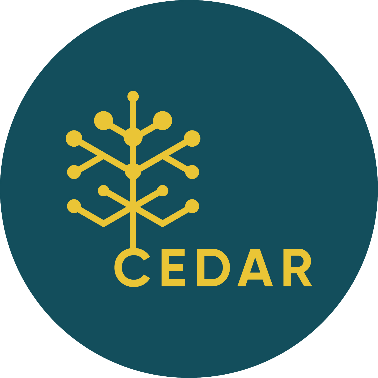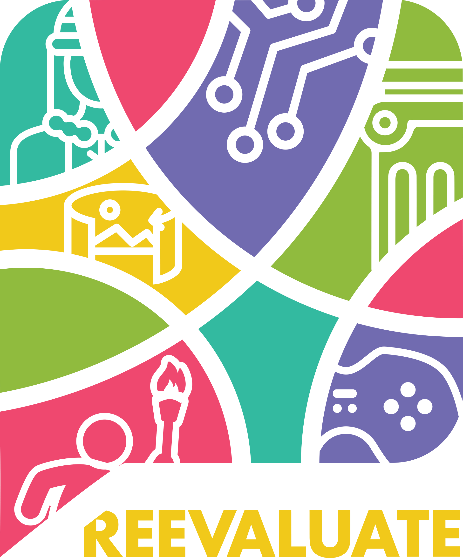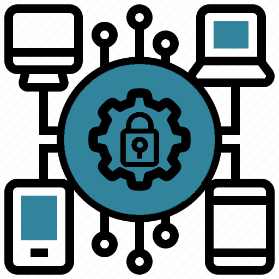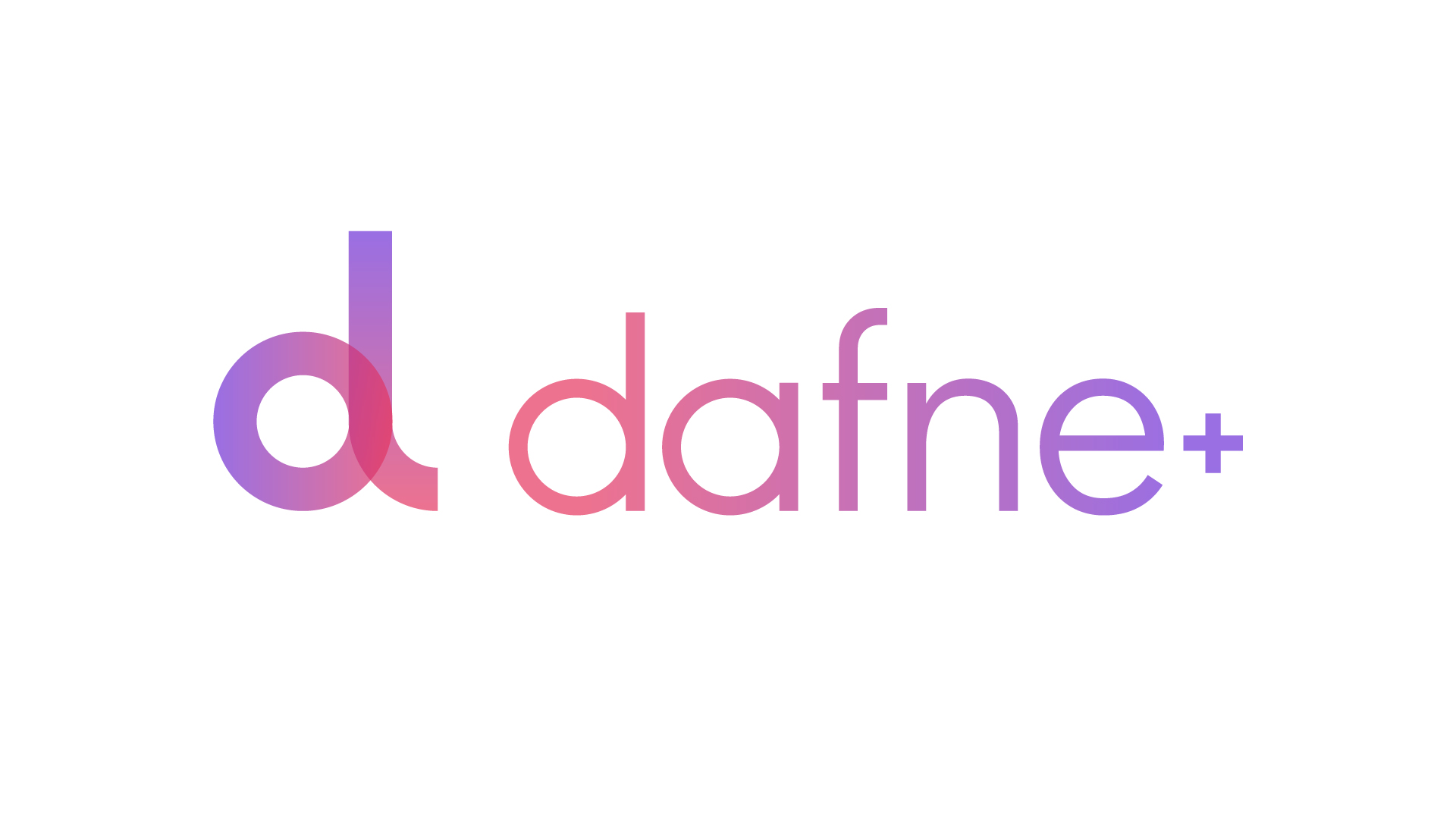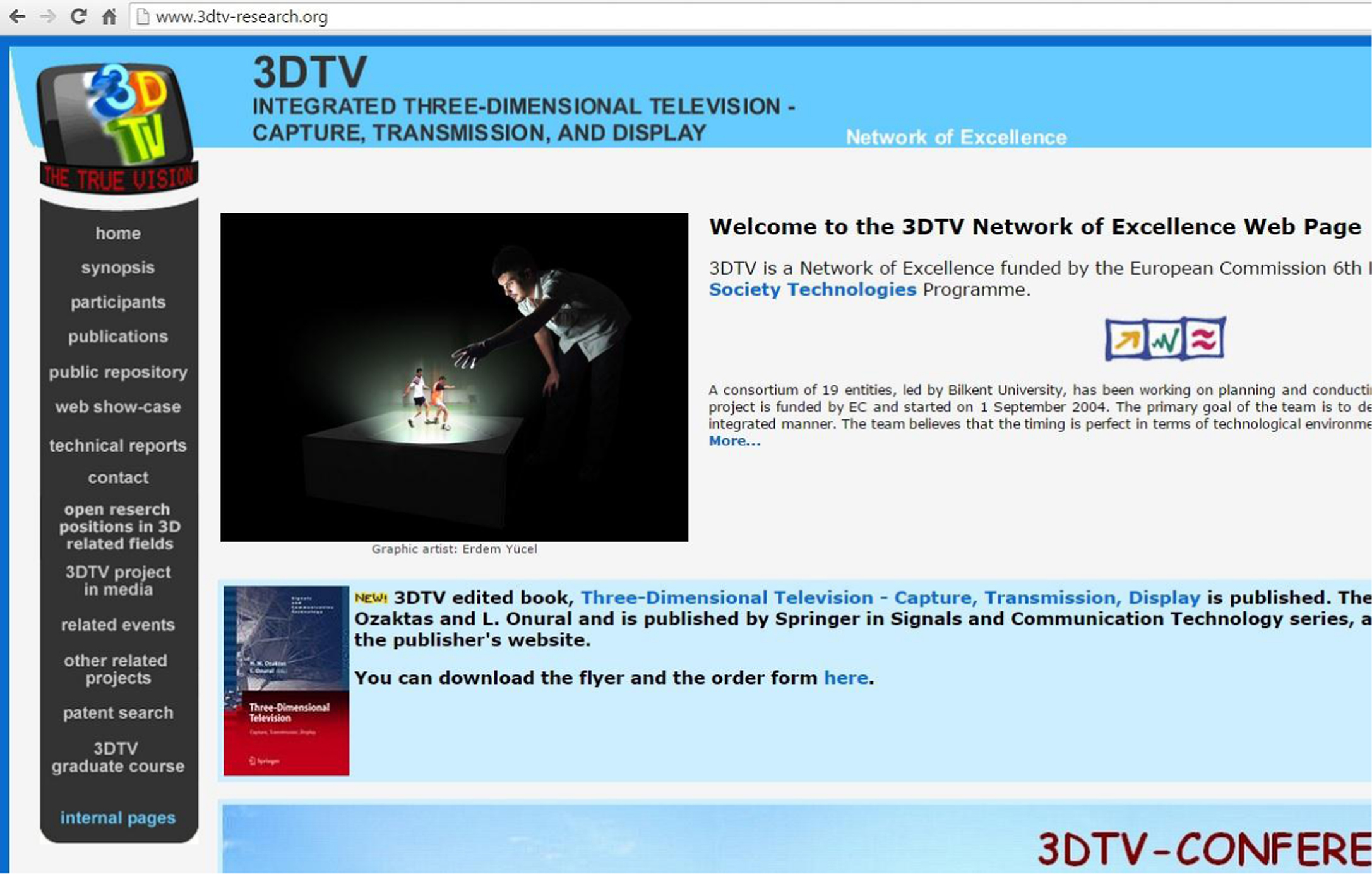Holistic Capability and Technology Evaluation and Co-creation Framework for Upskilled First Responders and Enhanced CBRN-E Response
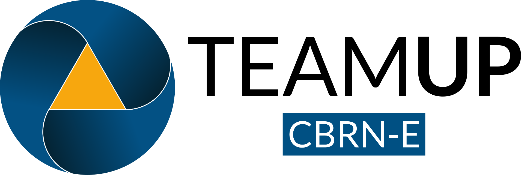
TeamUP
In Europe, and in many cases globally, first responders addressing Chemical, Biological, Radiological, Nuclear, and Explosive (CBRN-E) threats often lack specific training and appropriate equipment to effectively manage such dangers, assist victims, or conduct proper decontamination procedures. Resources are limited, training and exercises are fragmented across different organizations, protocols may be absent, and digital tools are scarce. A structured response to CBRN-E incidents should ideally involve: 1) detection of the CBRN-E threat, 2) collection of affected victims, and 3) on-site decontamination prior to the provision of medical assistance.
The TeamUP project aims to tackle these challenges by developing an innovative toolbox for the detection, identification, and monitoring of hazardous substances, enabling coordinated operations and secure Search and Rescue (SaR) missions. This is supported by augmented reality (AR) solutions and technologies for monitoring the health status of first responders. Additionally, TeamUP is going to include tools for victim collection and decontamination, as well as solutions for the cooperative and digitalized planning, response, and training of both first responders and the general public. The TeamUP technologies are going to be tested for tracking and monitoring of hazardous substances, as well as for assessing the health of first responders, and are going to be validated through a series of small- and large-scale field exercises.
ITI/CERTH is responsible for the technical management of the TeamUP project, including the work package related to the integration, testing, and validation of these tools in field conditions. The institute is going to leverage its expertise to ensure effective integration, verification, and comparative analysis of the tools and services. Additionally, ITI/CERTH is going to design and implement a semantic model incorporating artificial intelligence mechanisms to establish a set of guidelines that enhance situational awareness and improve threat detection for both specialists and non-specialists.
Furthermore, CERTH's Visual Computing Lab (VCL) is going to develop a computer vision-based solution, enabling human and posture recognition in the DECON lines. This solution is going to include reasoning on the completeness of the decontamination process through timekeeping functionalities and automated validation of proper posture during mass decontamination procedures. In addition to these responsibilities, VCL is going to participate in all other tasks within the project, ensuring its active role in the overall progress and success of TeamUP.

